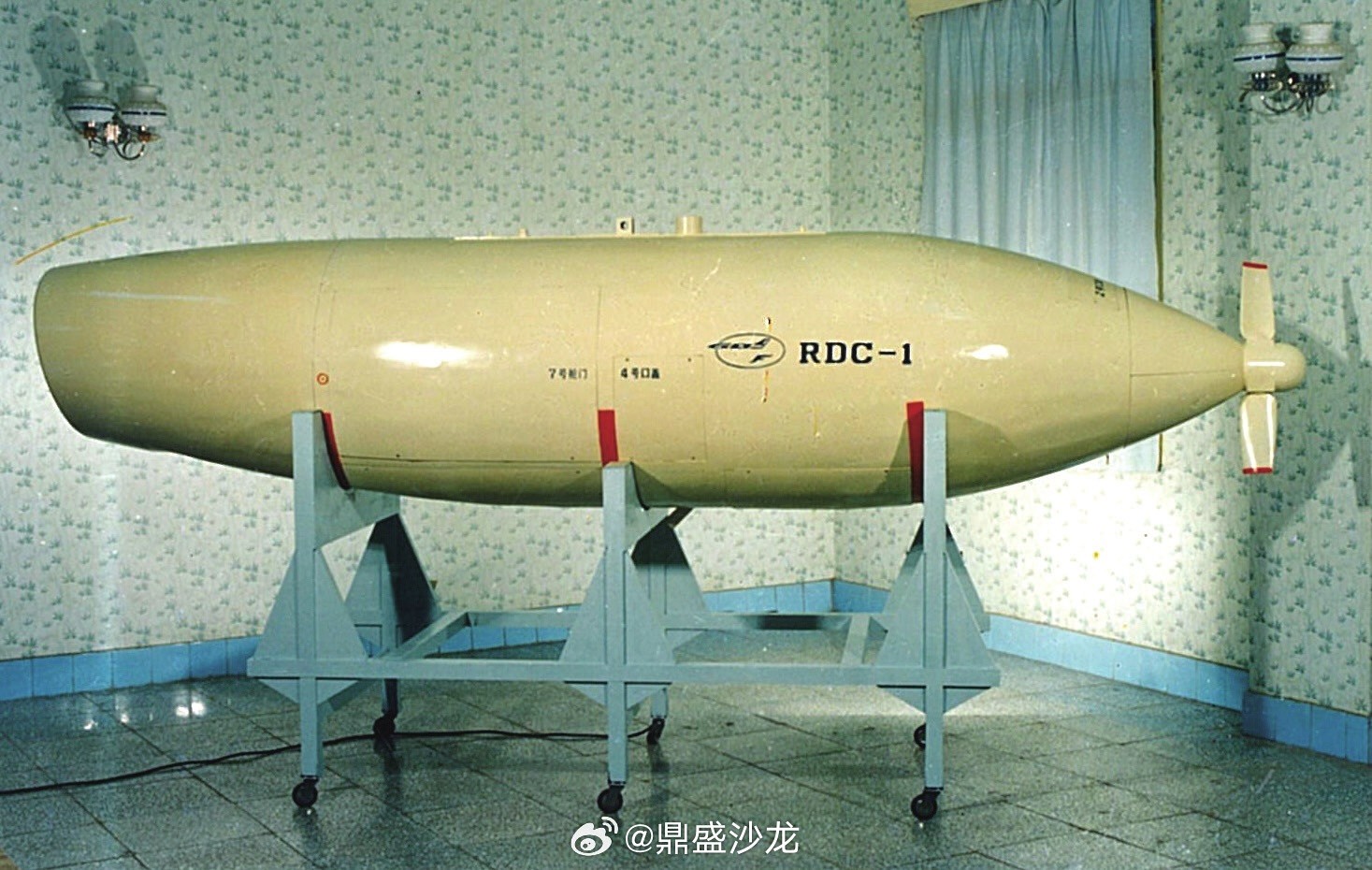The other thing to add is that because PLAAF fighters can carry significantly more internal fuel and have more range, they can be refueled by tankers safely in the rear.
---
For example, suppose PLAAF tankers never leave the safety of airspace over Mainland China.
After the J-20 and Flanker airframes have refueled, they should have another 4 hours (4000km) of cruise endurance in an air-to-air configuration.
In comparison, if the F-35 and F-22 want to contest air superiority next to the Chinese coast, they would have to refuel at distances of <1500km from Mainland China.
At this distance, you can see that the J-20 has more than enough range to hunt USAF tankers, whilst the F-22/F-35 don't have the range nor numbers to hunt PLAAF tankers which are safely over Mainland China airspace.
---
And one other point.
I have a figure of $10K for a drop tank. So for the cost of a single Y-20 tanker ($150 Mn), you could buy 15000 drop tanks for example, which would be enough for 7500 J-20 sorties. So theoretically, these J-20 missions would never need a tanker at all on their outbound trip, with the drop tank jettisoned just after they leave the Chinese coast. However, they may need a tanker on their return journey depending on the mission and how far they want to push into the Pacific.



